A tasting of a selection of Taylor’s port wines illustrated the wide variety of port wines that exist, ranging from young ruby to vintage ports to lay down in the cellar to old and mellow tawny. When Taylor’s export manager Jorge Ramos came to Sweden he met with BKWine Magazine’s Mats Lindelöw.
We tasted Taylor’s Port wine with the export manager Jorge Ramos who was visiting Stockholm. You can read an excellent introduction to port wine and the family business of Taylor’s in BKWine’s Ulf Bengtsson article on the link.
Taylor’s is one of the leading Port wine houses and was founded in 1692 by English wine merchants. It is still family owned. Jorge Ramos, a friendly and energetic person with great experience in port wine, talked about the history and how it is made.
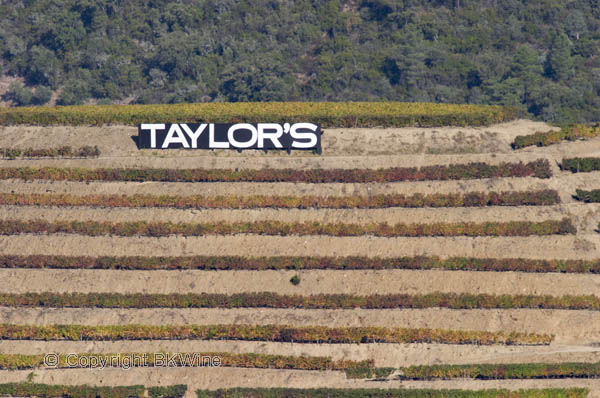
Port wine is typically between 19.5% and- 20.5% alcohol and is produced in the Douro Valley in Portugal by adding grape spirit to the fermenting red wine that has come about halfway from grape must with grape skins to finished wine. The must has then about 7% of alcohol and has a sugar content of about 100 g / l when the alcohol is added. This immediately stops the fermentation thanks to that the alcohol contents of about 20% kills the yeast.
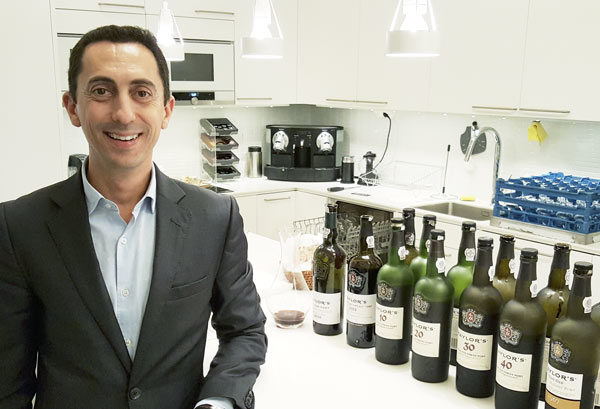
Port wine is made in two styles, a gently oxidized style with long aging in small oak barrels, “tawny”, and a style that is closer to red wine, a non-oxidized style that is aged in large oak vats of 80-100 cubic meters for 2-4 years and then bottled, called “ruby “.
In the ruby-category you can also find “vintage” and “Late Bottled Vintage” (LBV), made from superior grape material than ruby. They mature in bottle. A vintage will keep for 30-40 years or longer. Usually the port wine kept in Porto on the coast, hence the name. Taylor’s has a large warehouse, a “port lodge”, in Vila Nova de Gaia south of Porto.
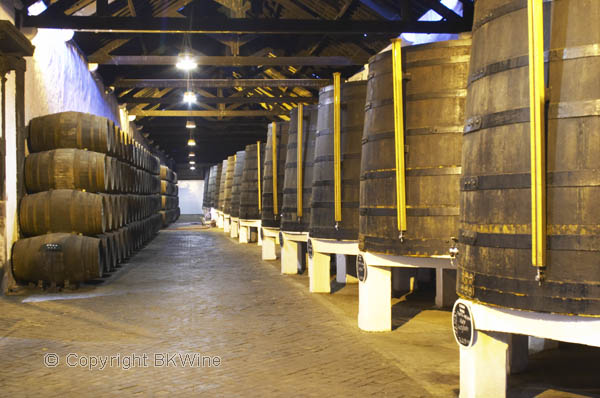
For tawny Taylor’s uses oak barrels of 625 litres that are often 100-200 years old. They are repaired and maintained by its own coopers, for example replacing damaged parts. The wine does not get any taste from the wood of the barrels, but only a slow oxidation by the oxygen that penetrates through the oak. About 3% of wine per year evaporates and they re-fill the barrel with wine from the same vintage so that there is no air gap in the barrel.
Tawny is kept in the barrel until it is bottled and does not develop further in bottle after bottling. The most common categories are tawny, tawny reserve, and tawny with certain age indication, 10 years old, 20, 30 and 40; these are a blend of several vintages with the average of about the aged indicated on the bottle.

Another category is colheita where the wine comes from a single vintage. With longer barrel ageing the wine changes from bright red to brownish tone for a tawny reserve to brown with red tone for the 10-year-old and then a transparent and warm brown for the 20 year old. The older ones are almost completely brown. The fruit in the wine changes and more or less disappears with age. It first develops to dried fruits such as figs and raisins and later to more coffee and caramel-like notes. Older is not necessarily better; It is very much a question of personal which style you prefer.
Vintage and LBV goes well with for eg cheese, while tawny goes well with desserts and cakes.
In the tasting, there were two rubies and five and tawnies.
2011 Taylor’s Late Bottled Vintage
16p, ~18 euro (all price indications are estimates based on Swedish retail prices)
Dark, dense, bluish-red, dense colour. The fragrance is open, slightly medicinal, generous, a little Christmas spices, and aroma of a young red wine
Full-bodied, slightly gluhwein-ish, round and with a little maturity. The wine is filtered and has no deposit. For 18 euro it is a really good buy.
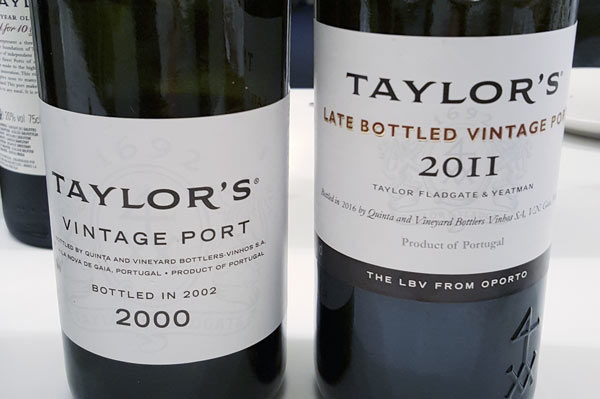
2000 Taylor’s Vintage
17p. Reference wine. New releases cost about 70 euro at launch.
Medium density, red colour. Aromas of dark fruits, ethereal, some dried fruit, quite full-bodied. Medium-bodied flavour, balanced and elegant. The wine is too young today, the really glorious maturity notes have not yet arrived, and the mischievous youthful fruit has subsided. It is, so to speak, in the tunnel.
Taylor’s 10 Year Old Tawny
17p, ~25 euro
Light and transparent, brown with red tint. Aromas of toffee, dried figs, candied orange peel. Full-bodied, balanced, good acidity. A really good 10-year-old, more maturity than many other 10-year-olds from other port houses. Clearly worth buying.
Taylor’s 20 years old Tawny
17,5p, ~50 euro
Light and transparent, warm brown with no red tones. Ethereal nose, with toffee and caramel and dried fruit. Full-bodied and intense, balanced and perfect maturity. Really excellent and balanced.
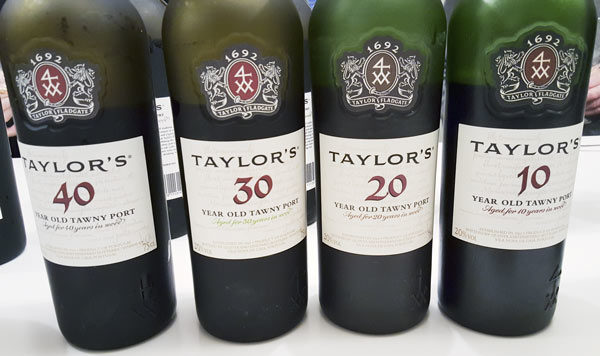
Taylor’s 30 years old Tawny
17,5p, ~130 euro
Clear brown colour. Buttery scent of caramel, some coffee, dates. Full-bodied, very balanced, with caramel and dried fruit. Fine acidity.
Taylor’s 40 years old Tawny
17,5p, ~180 euro
Clear brown color. Buttery aroma of caramel, coffee. Full-bodied, very balanced, with caramel and coffee. Good acidity.
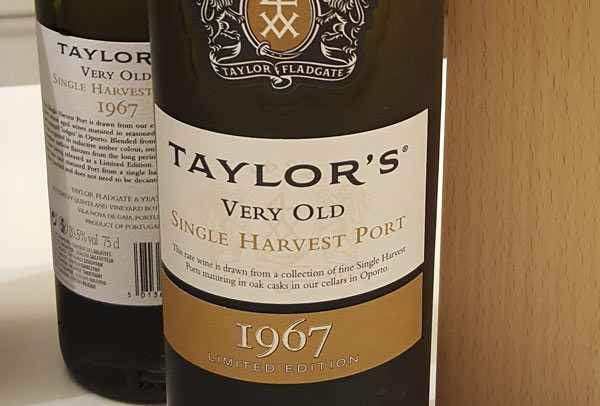
1967 Single Harvest tawny Port
18p, ~200 euro
Dark brown, like thin coffee. Great aroma, smooth and integrated, spices, caramel, coffee, nuts, fantastic! Full bodied flavour with dried fruit, spices, perfectly balanced and integrated. The wine is 50 years old, a great experience.
Mats Lindelöw writes for BKWine Magazine on tastings and events with wine merchants and wine importers in Sweden.
[box type=”info” style=”rounded” border=”full”]There is more variation in style among port wines than you might think, from the one perfect for aperitif to those that easily can replace a cognac after dinner. Come on a wine tour to the port wine district, the Douro Valley, with BKWine and you will get the chance to discover some of the best there is.
Travel to the world’s wine regions with the wine experts and the wine tour specialist.
Wine tours with a longer after-taste. BKWine wine tours.[/box]
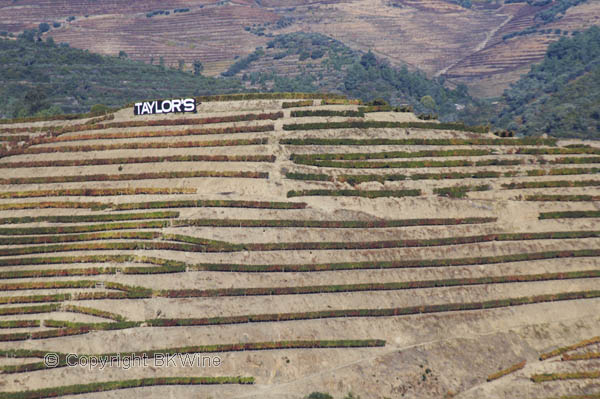
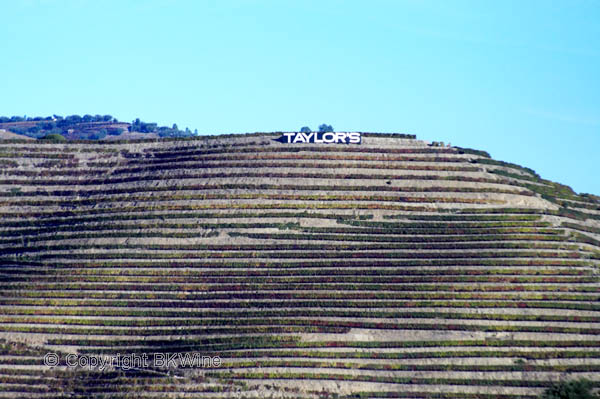



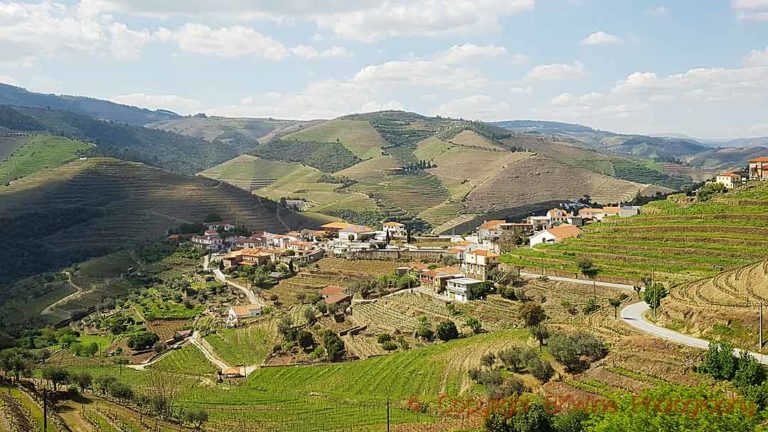
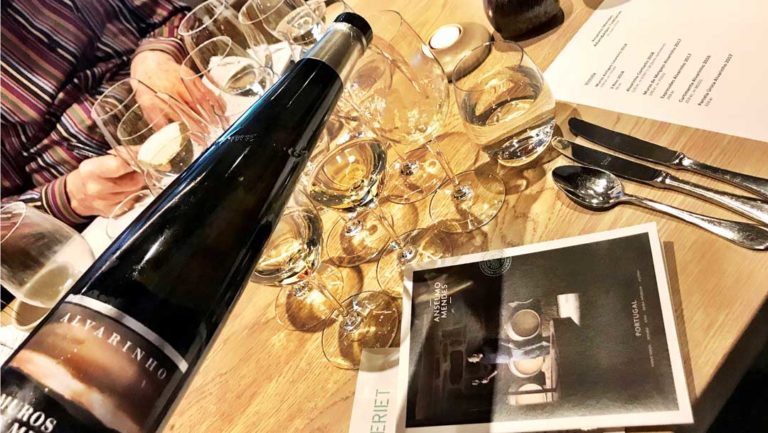
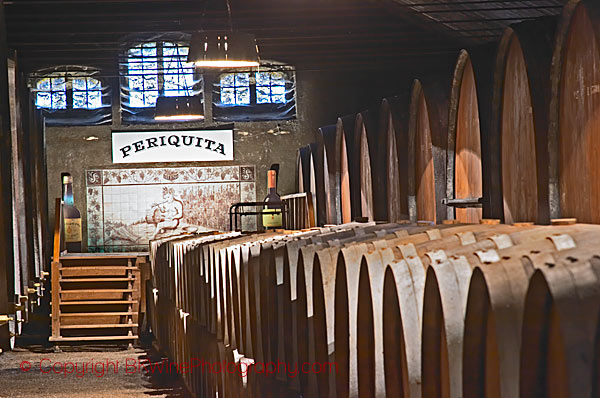






One Response
I purchased 2 bottles of my favorite Taylor Port and the taste is different it’s not as deep red as normal have you changed the ingredients it doesn’t have that deep strong kick that’s I’m use to I hope you haven’t changed , because they will mean I have to change my brand